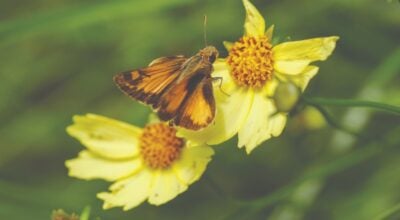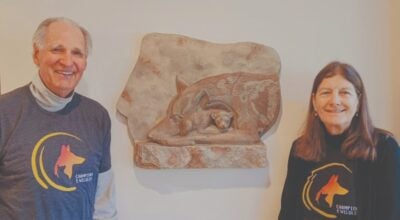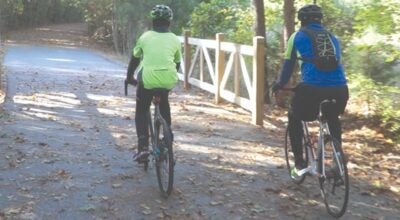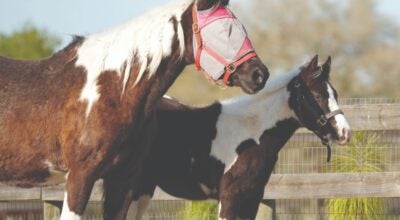Digging into the past at Restoration Farm
Published 4:01 pm Monday, June 29, 2015
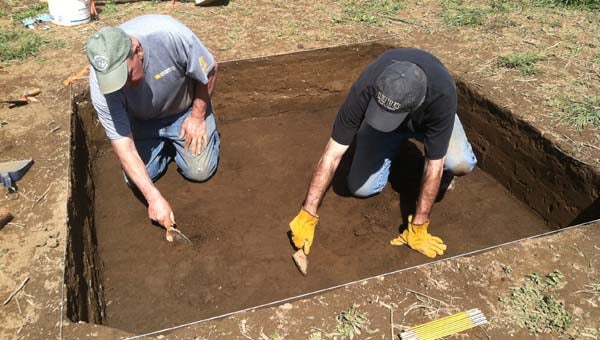
An archaeological dig was performed by the Foothills Chapter of the Archaeological Society of South Carolina in a field lying on the property of the Calton Family in Polk County on Coxe Rd. on March 20 and 21. The Green River Site was found to be significant because it lies in a valley between several surrounding peaks. The site is also near the river, but is located out of the floodplain, thereby making it an excellent camping site for Native American tribes.
By Amanda McCrohan
Life In Our Foothills, July 2015
Archaeologists have unearthed a possible Native American village near the Polk and Rutherford County lines. Located in a rolling valley, surrounded by the foothills of the Blue Ridge Mountains, there is an ongoing archaeological excavation at Restoration Farm. The family owned and operated farm has an incredibly rich history. In addition to hosting an archaeological dig site, it used to be part of the Green River Plantation.
Included on the property is an old sawmill and a slave cemetery with original stones intact. According to Kira Jordan, whose family owns Restoration Farm, there used to be a church on site, formerly known as St. Andrews Chapel. However, the chapel was moved and is currently the Good Shepherd Episcopal Church in Tryon.
The dig site is situated in the Green River flood plain, covered by yellowish-brown grasses and bordered by thick, green trees.
Jordan said, “Archaeologists picked this particular site because they believe Native Americans would’ve lived out of the flood plain, but it’s close enough to access the river. The field was completely barren, but only when the archaeologists were here; now it is covered in grass and thorns because the dirt needs to breathe.”
The site itself is very small, about 2×2 meters across and 40 cm deep. It is currently covered by a tarp and thin layer of dirt, marked by wooden stakes and bright orange tape, awaiting further excavation by the archaeologists. Jordan says that the property has been in her family since the 1950s. Jordan’s grandfather, William Calton, and his uncle purchased the plantation property for the purpose of farming. Calton subsequently purchased about 250 acres of the original Green River Plantation and that is the property Jordan’s family continues to own. They operate Restoration Farm on the property and their goal is to restore the land to its original purpose, which is land-natural farming. Prior to Calton purchasing the land, it used to be a part of the Green River Plantation, and included up to 1,000 acres. The plantation was built in the 1800s by lawyer and politician Joseph McDowell Carson, but was sold in the 1960s. The plantation mansion is currently owned by Ellen Cantrell and is available for tours, but Jordan’s family still owns and works the land adjacent to the property.
Labeled by archaeologists as the Green River Site, the first excavation of the property took place in late March 2015. The lead archaeologist and one of the founders of the Foothills Chapter of The Archaeological Society of South Carolina, Lamar Nelson, said, “The site has been surface collected for many years, but we are the first to do an archaeological excavation.”
Both Nelson and Bob Hanselman made contact with the owners about excavating the area after finding artifacts on the surface. “We went out in 2014 and shot a line getting elevation to help determine the best location for the excavation,” said Nelson. “A rise in the middle of the field showed promise to be a village site, or possible mound. Core sampling found a small Mississippian point and the area was selected for the excavation. A date was set for the excavation and several members and volunteers of the Foothills Archaeological Chapter started work March 20, 2015. A 2×2 meter unit was put in place with excavation levels being at 10 cm each,” said Nelson.
“With a beautiful day and lots of good help artifacts showed up quickly. The levels were in the plow zone, and disturbed, but of the period we expected to find. Each 10 cm level had artifacts. Quickly, we determined the area had been occupied by Mississippian and Woodland people. The site is so beautiful and it was easy to see why someone would want to live in this area. We know from past excavations that Mississippian people lived in these type areas 500-1,000 years ago with Woodland people 1,000-2,000 years ago.”
Nelson noted that several artifacts were collected from each level including 46 pottery sherds, 11 flintknapping flakes, two pieces of ocher, nine pieces of firecracker rock, 30 pieces of charcoal, one bag of soil for sample, one complete Mississippian point, and one point tip. A possible necklace piece was found, but being as it was incomplete, it was difficult to determine.
Nelson said, “We excavated down to 40 cm where we found a large area of charcoal in the northeast corner. It shows great promise. The landowners visited us during the day and were excited of the finds. The artifacts have been cleaned, and identification completed.”
All artifacts will be presented to the landowners by archaeologists Lamar Nelson and Bob Hanselman at a future date.
“Next up for us is to get a site number from North Carolina,” said Nelson, “to record the site and the artifacts in the archaeological records for the state.”
Nelson continued, “The landowners were very happy with the work we did and have asked us to continue the work on the site. We are currently looking at dates for more work and plan to continue excavation starting at the 40 cm level in the present unit, as well as expand out to more units. We want to thank Dawn and Kira Jordan for allowing us to excavate on the property and for wanting to preserve our past history.”
Lamar Nelson also added that future excavations at the Green River Site will be open to volunteers. •


